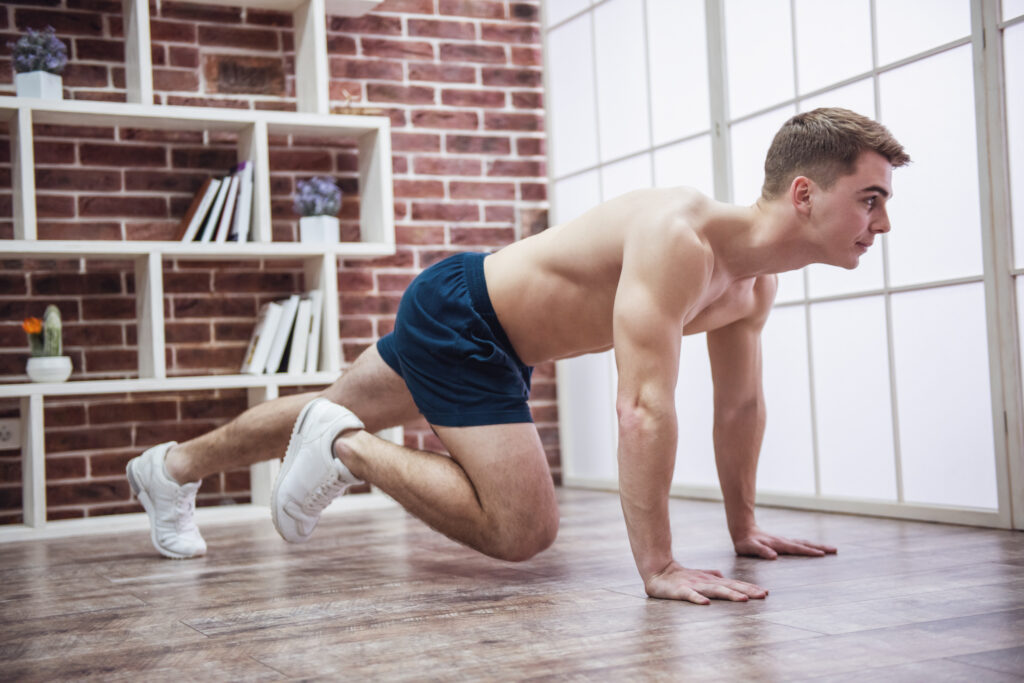The platysma is a broad, thin muscle located in the neck and extending down to the collarbone. This muscle is situated just beneath the skin, making it one of the more superficial muscles of the body. It plays a crucial role in facial expression, particularly in the lower face and neck. When you tense this muscle, it can create the effect often referred to as a “grimace,” where the skin of the neck appears to tighten and the corners of the mouth pull down.
Originating from the fascia (connective tissue) overlying the upper parts of the pectoralis major (a major chest muscle) and the deltoid (a shoulder muscle), the platysma extends upwards. It fans out over the neck, covering a large area, and inserts into the lower border of the mandible (jawbone), the skin, and subcutaneous tissue of the lower face.
This muscle’s actions are quite visible, especially when it contracts. Contraction of the platysma pulls the lower lip and corners of the mouth sideways and down, contributing to expressions of sadness or fright. It also helps in depressing the jaw when the resistance against the jaw opening is not significant, like when opening the mouth slightly.
In terms of aesthetics and fitness, the platysma muscle doesn’t directly contribute to common fitness goals like strength or endurance. However, it is significant in maintaining the contour of the neck and providing a youthful appearance. As people age, the platysma can become more pronounced or sag, which is why some cosmetic procedures aim at altering its appearance to create a smoother neck line.
Understanding the function and location of the platysma is important for those interested in facial anatomy, aesthetics, and expressions. In fitness, while it may not be the primary focus, keeping this muscle toned can be part of an overall approach to maintaining a youthful and healthy appearance.

